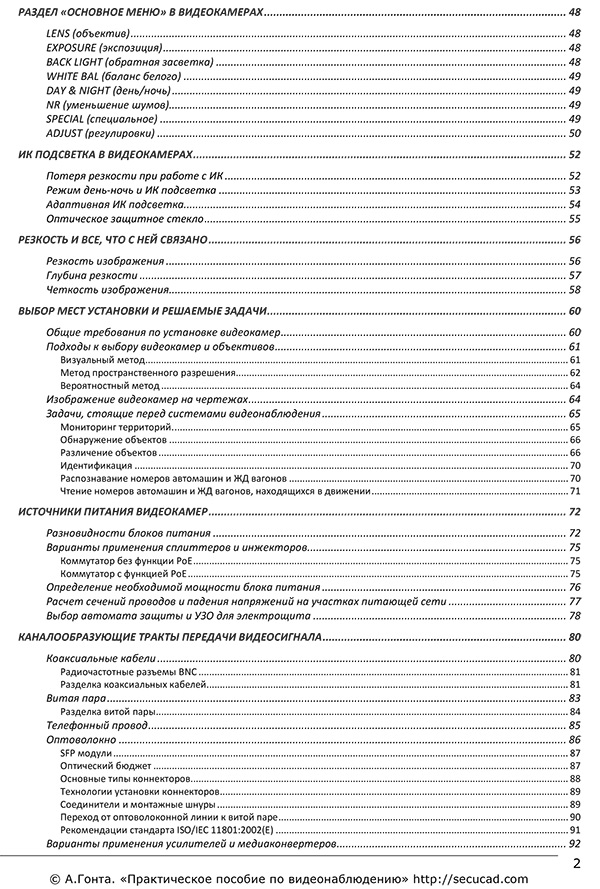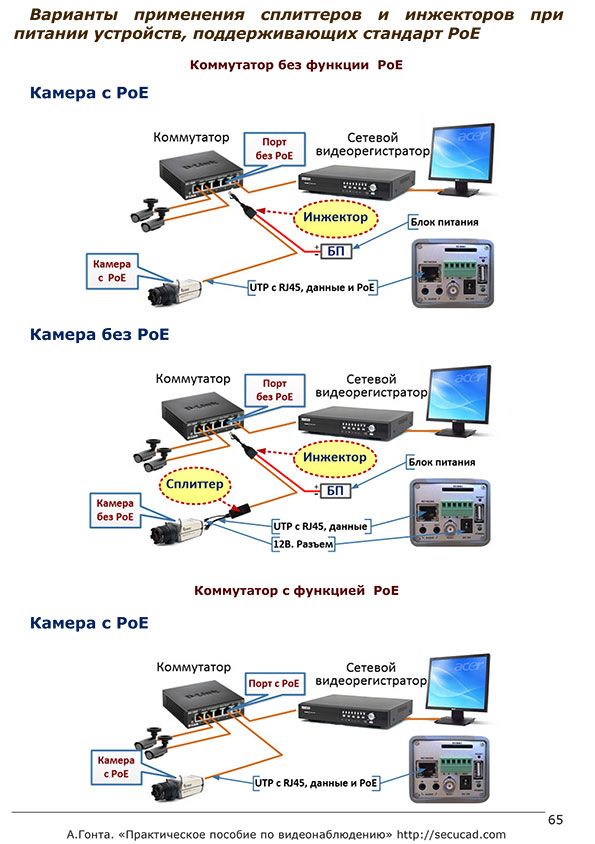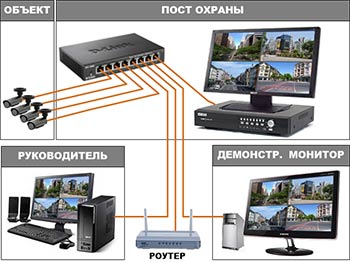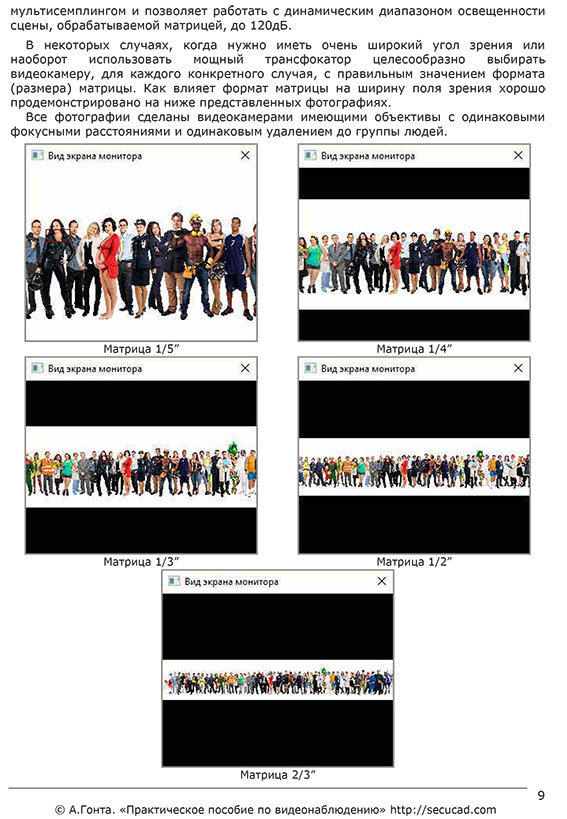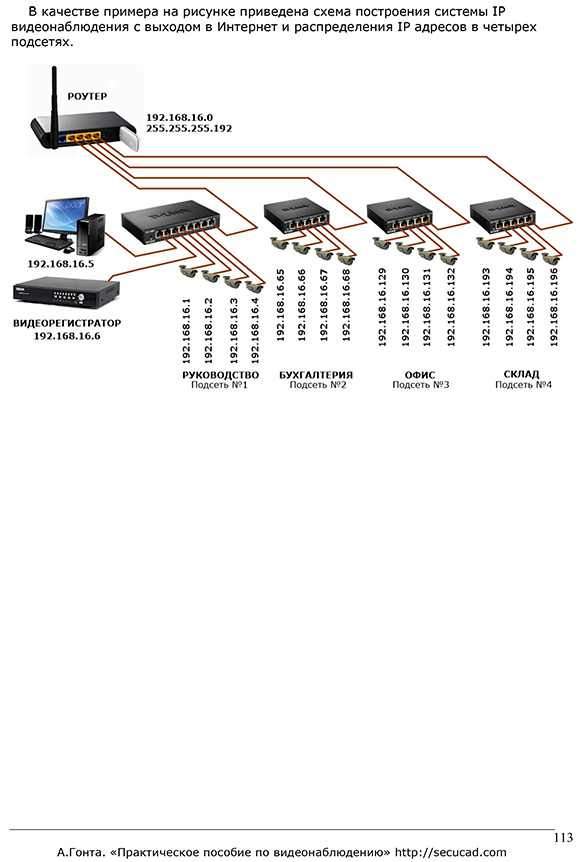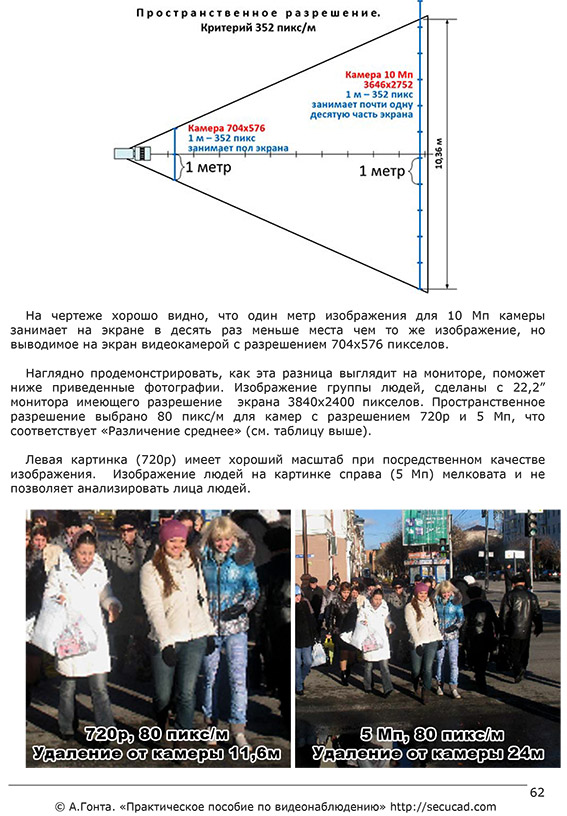Practical Guide to CCTV
Sold 137
Refunds 0
Good feedbacks 7
Bad feedbacks 0
The manual detail the characteristics of the image and ways of measuring them, which in today's reality unduly forgotten. The graphs of the modulation transfer function and transient characteristics of the image created by the lenses, cameras, DVRs, and video capture cards. We explained in detail tha
t shows us the modulation transfer function and transient response, what distortions can be seen through them and how they are covered.
Much attention is paid to the lenses, and video cameras as a fundamental element in the system of CCTV, which determine the quality of the resulting video. The main characteristics of the detailed comments and practical ways to measure some of them.
A whole section is devoted to tuning and adjustment of the camera lens as a constant and a variable focal length.
A new section - designing video systems.
t shows us the modulation transfer function and transient response, what distortions can be seen through them and how they are covered.
Much attention is paid to the lenses, and video cameras as a fundamental element in the system of CCTV, which determine the quality of the resulting video. The main characteristics of the detailed comments and practical ways to measure some of them.
A whole section is devoted to tuning and adjustment of the camera lens as a constant and a variable focal length.
A new section - designing video systems.
TABLE OF CONTENTS
1. General Provisions
2. Statement of the problem by the customer
3. The procedure for the development, coordination and approval of technical project
3.1. Pre-installation inspection of facilities
3.2. Talk with the client parameters of the designed system.
3.3. The structure of the terms of reference
3.4. Coordination and approval of the technical project
4. The order of the draft
4.1. Background documents for the development of the project
4.2. The alignment of equipment and to plan his choice
4.3. Solving problems of reading license plates
4.4. Selection of power supplies
4.5. The calculation of cross sections and voltage drop across the supply network sites
4.6. The network topology and bandwidth calculation
4.6.1. Determining the overall rate of flow of information
4.6.2. Determination of the maximum permissible flow from each chamber
4.6.3. The development of physical network topology
4.7. Repositories video
5. Development estimates
5.1. The estimate for the design work.
5.2. The estimate for building and construction work.
6. Applications
6.1. Normative references
6.2. Terms and Definitions
1. General Provisions
2. Statement of the problem by the customer
3. The procedure for the development, coordination and approval of technical project
3.1. Pre-installation inspection of facilities
3.2. Talk with the client parameters of the designed system.
3.3. The structure of the terms of reference
3.4. Coordination and approval of the technical project
4. The order of the draft
4.1. Background documents for the development of the project
4.2. The alignment of equipment and to plan his choice
4.3. Solving problems of reading license plates
4.4. Selection of power supplies
4.5. The calculation of cross sections and voltage drop across the supply network sites
4.6. The network topology and bandwidth calculation
4.6.1. Determining the overall rate of flow of information
4.6.2. Determination of the maximum permissible flow from each chamber
4.6.3. The development of physical network topology
4.7. Repositories video
5. Development estimates
5.1. The estimate for the design work.
5.2. The estimate for building and construction work.
6. Applications
6.1. Normative references
6.2. Terms and Definitions


